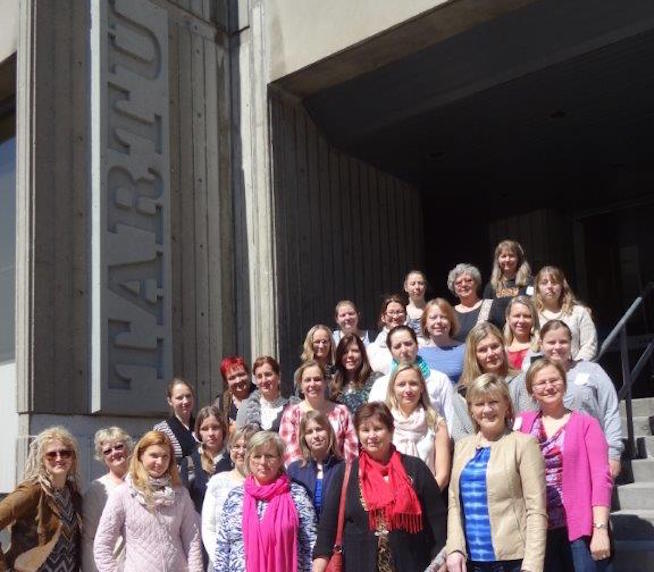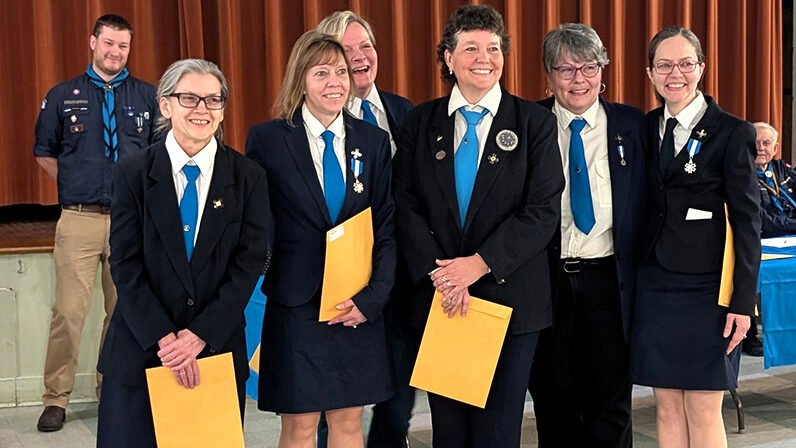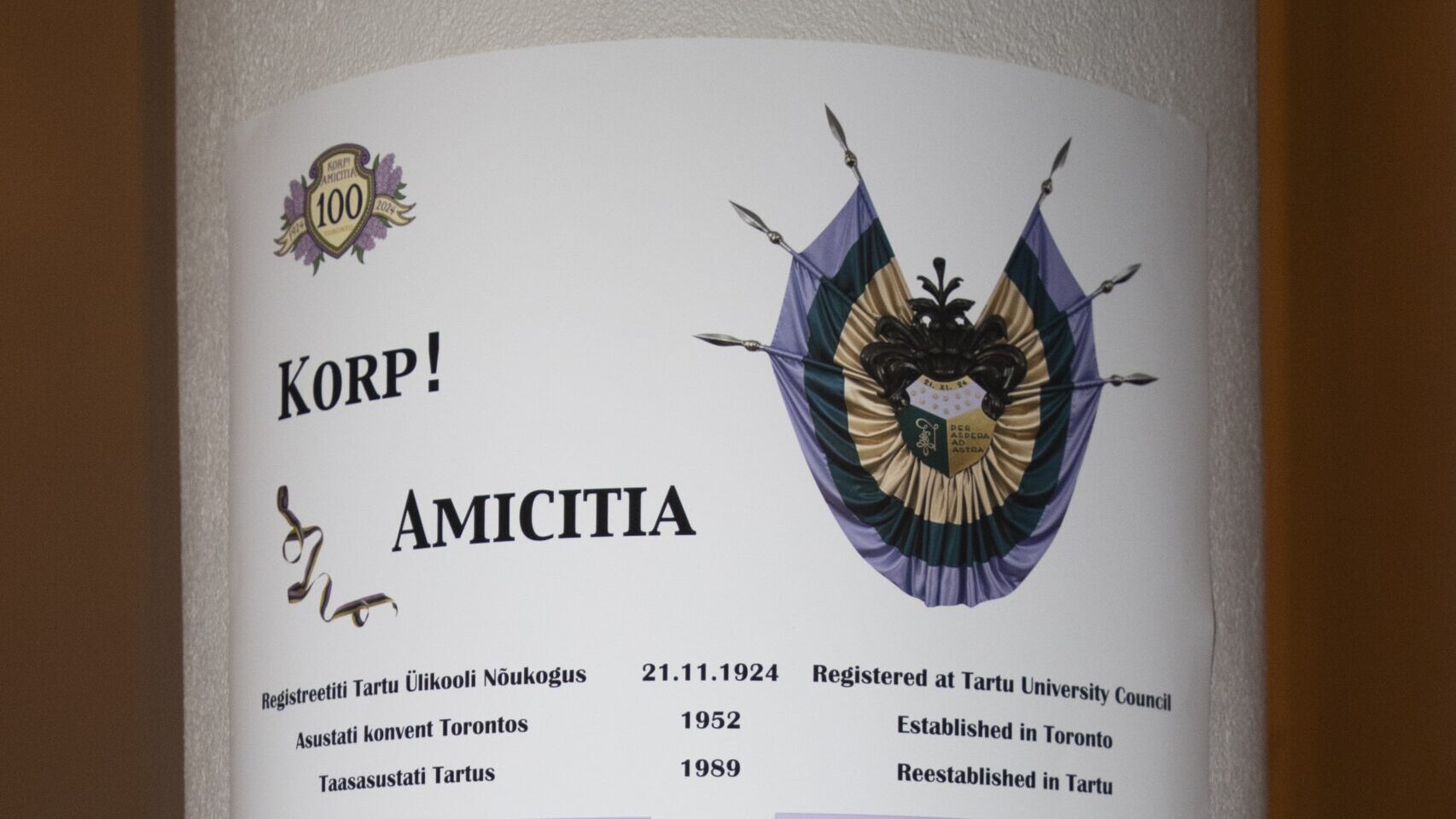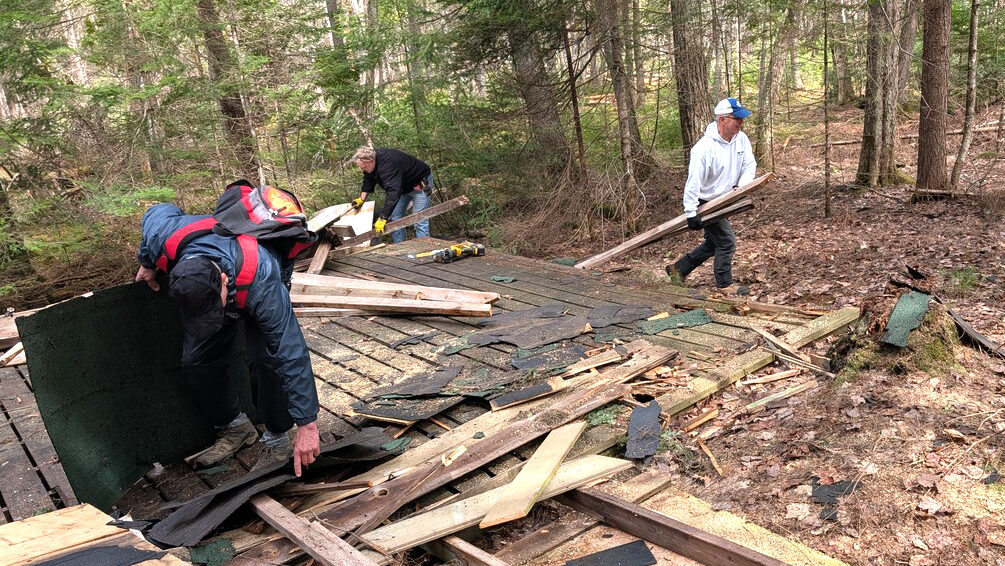The Estonian School Fund in the USA (Arvo ja Edith Reiman Memorial Fund) sponsored the trip to Toronto for the United States Estonian School teachers. 25 Estonian School teachers from the US traveled to Toronto and, along with teachers from the Toronto Estonian Schools, converged at the Toronto Estonian House and later at Tartu College. The lecturer, Piret Kärtner, and most of the teachers from the US stayed at comfortable dorm rooms at Tartu College. For some who were actually born in Tartu, staying at the dorms was like being back home. Teachers from Boston, New York, Lakewood, Washington, Atlanta (which has a fairly new school), Chicago and from far away San Fransisco flew to Toronto. A whole car-load of teachers from Connecticut drove the long many-houred trip to Canada. Although the official program began on Saturday morning, some travelers from New York and Lakewood bumped into each other Newark airport and then later hooked up on the town in Toronto.
Bright and early on Saturday morning, everyone gathered at the Toronto Estonian House cafe and registered with the president of the Toronto Estonian School committee, Elle Rosenberg. The chefs at the Estonian House had prepared for us a delicious breakfast with sandwiches, and later a traditional Estonian lunch. After Silvi Verder greeted the participants, a representative from each school introduced and gave a brief overview of their school's activities. Already then and there, we saw that we had something in common, the same worries and problems on how to teach Estonian language and culture to the next generation. Even the symbol on our name tags signified that “we carry the Estonian ship together.” This symbol, used by the Estonian Institute, was aptly chosen by the TEK. Groups of teachers then got a tour of the Estonian House and the different classrooms, the library, the bank, etc. and ended at the kindergarten where we were treated to a performance by the littlest students.
Piret began the seminar with theoretical teaching methodology, i.e., what are the language learning abilities and general teaching methods. The teacher needs to find materials from many places, saying that “textbooks should be good servants, not the master.” In that regard, it was useful that the teachers were at the seminar to learn how to better teach. Piret spoke about language aptitude and proficiency exams and also about new Estonian words. Saturday's program ended with practical exercises and games: speaking-, reading- and listening games.
After all the studying and learning, most of the out-of-towners as well as our gracious hosts from Toronto, continued our networking and discussions about school at Toronto's famous CN tower, where we had dinner and admired the view of the city. We even played a children's game, “telephone,” to see if we could pass along a sentence in Estonian without messing up the words or the meaning. The conversations continued after dinner into the wee-hours in a cozy suite on the 15th floor of Tartu College. Helica DeShaw, a teacher from Lakewoodi Estonian School wrote “We got better acquainted with other teachers, with whom we have a common goal and problem – how to most effectively teach children Estonian language, culture and history in just 6 hours per month. We got to discuss about our common joys and worries.”
The program continued on Sunday at Tartu College meeting rooms. Piret taught us how to plan a curriculum considering language ability and practical needs. For consideration, one needs to ask “For whom? Why? What? and How?” i.e., in planning the curriculum the teacher needs to assess the students' ability and set classroom goals. We were able to collect into our memory banks more learning games and activities. Toronto Estonian School history teacher Mari Ann Tammark guided us through an Estonian history Bingo game and Toronto Estonian School music teacher Heli Tenno taught us the school song “Eesti mu isamaa,” which we sang together.
Silvi Verder wrote “I met many great and active women from every corner of North America, whose heartfelt desire is to carry forth and teach Estonian language and culture so far from Estonia.”
The final discussion centered around the question, “Where to go from here?” Unanimously, we believed that we should keep the ball rolling and maintain the contacts. The most important outcome was that we learned to get to know each other and create a network of Estonian School teachers in North America. Estonian School teachers have the same goals and it's unnecessary for each of us to reinvent the wheel.
Someone mentioned that we should have a common calendar where we can follow each of the schools' activities and maybe even visit each other. For example, the Seedrioru Suvihari will take place in the Toronto vicinity in June. A suggestion was to have a conference like this every year in a different city or school. Helical DeShaw thought that “This conference gave us a boost and a feeling that we're not alone. I think this should be an annual tradition.” A proposal was to have mini-conferences via Skype on a specific topic. We could also get feedback through Facebook on how we've applied what we have learned. I felt like I was walking on clouds when I returned home, my head full of ideas on how to plan my next class, but I also got affirmation on some of my language teaching techniques and beliefs.
Mae Bates, a teacher from Atlanta Estonian School thought that “This was a very enjoyable and necessary get-together.” and (in the words of Humphrey Bogart in Casablanca) “beginning of a beautiful friendship.””
The Estonian School Fund in USA was established in1970 by New York Educational Society Supplementary School parents to support Estonian Supplementary School activities in the US. The Fund was incorporated in N.Y. with the help of Arvo Reiman. Esq. Arvo and Edith Reiman Memorial Fund was create from the Reiman bequest with dr. Helle Orav-Reiman as executor.
Quotes were translated from Estonian to English.
Tiiu Kütt




